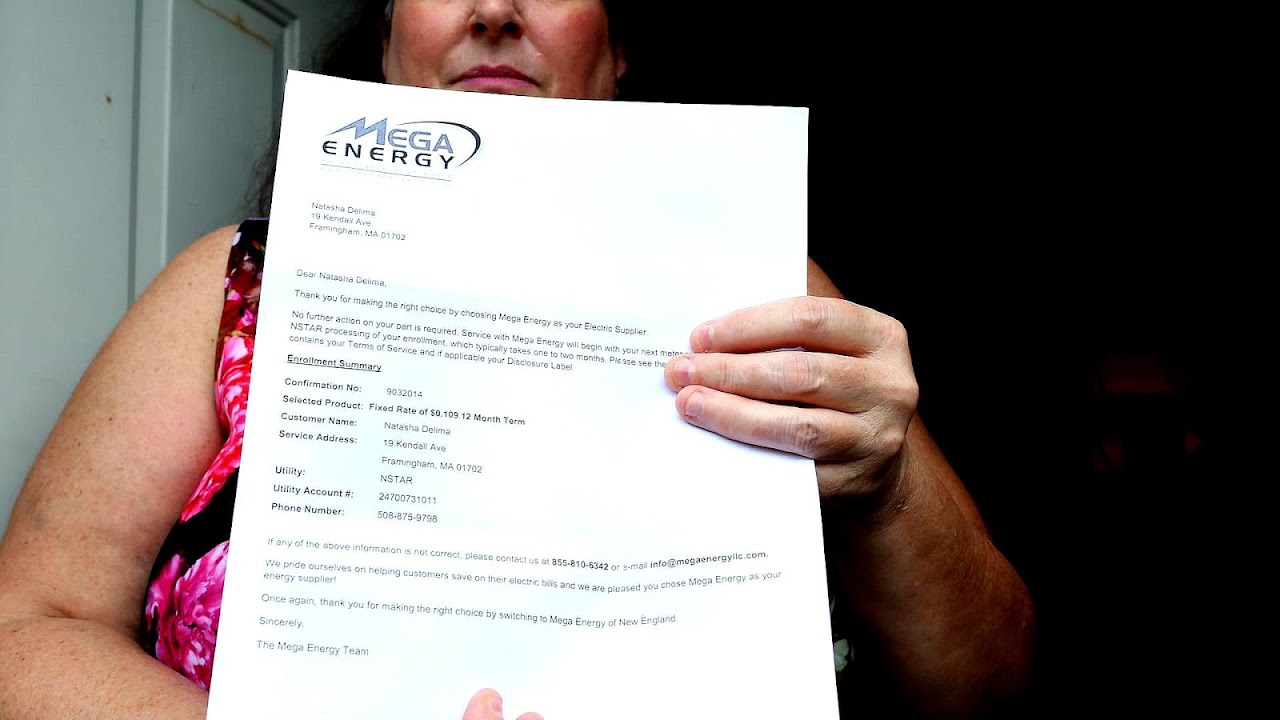
Chromium(III) oxide is the inorganic compound of the formula Cr
2O
3. It is one of the principal oxides of chromium and is used as a pigment. In nature, it occurs as the rare mineral eskolaite.

Maps, Directions, and Place Reviews
Structure and properties
Cr
2O
3 adopts the corundum structure, consisting of a hexagonal close packed array of oxide anions with 2/3 of the octahedral holes occupied by chromium. Similar to corundum, Cr
2O
3 is a hard, brittle material (Mohs hardness 8 to 8.5). It is antiferromagnetic up to 307 K, the Néel temperature. It is not readily attacked by acids.
Viridian Energy Pa Video
Occurrence
Cr
2O
3 occurs naturally in mineral eskolaite, which is found in chromium-rich tremolite skarns, metaquartzites, and chlorite veins. Eskolaite is also a rare component of chondrite meteorites. The mineral is named after Finnish geologist Pentti Eskola.

Production
The Parisians Pannetier and Binet first prepared the transparent hydrated form of Cr
2O
3 in 1838 via a secret process, sold as a pigment. It is derived from the mineral chromite, (Fe,Mg)Cr
2O
4. The conversion of chromite to chromia proceeds via Na
2Cr
2O
7, which is reduced with sulfur at high temperatures:
The oxide is also formed by the decomposition of chromium salts such as chromium nitrate or by the exothermic decomposition of ammonium dichromate.
The reaction has a low ignition temperature of less than 200 °C and is frequently used in "volcano" demonstrations.

Applications
Because of its considerable stability, chromia is a commonly used pigment and was originally called viridian. It is used in paints, inks, and glasses. It is the colourant in "chrome green" and "institutional green." Chromium(III) oxide is a precursor to the magnetic pigment chromium dioxide, according to the following reaction:
It is one of the materials that are used when polishing (also called stropping) the edges of knives, razors, surfaces of optical devices etc. on a piece of leather, balsa, cloth or other material. In this context it is alternatively known as "green compound".

Reactions
Chromium(III) oxide is amphoteric. Although insoluble in water, it dissolves in acid to produce hydrated chromium ions, [Cr(H
2O)
6]3+
which react with base to give salts of [Cr(OH)
6]3-
. It dissolves in concentrated alkali to yield chromite ions.
When heated with finely divided carbon it can be reduced to chromium metal with release of carbon dioxide. When heated with finely divided aluminium it is reduced to chromium metal and aluminum oxide:
Unlike the classic thermite reaction involving iron oxides, the chromium oxide thermite creates few or no sparks, smoke or sound, but glows brightly. Because of the very high melting point of chromium, chromium thermite casting is impractical.
Heating with chlorine and carbon yields chromium(III) chloride and carbon monoxide:
Chromates can be formed by the oxidation of chromium(III) oxide and another oxide in a basic environment:
Source of the article : Wikipedia








EmoticonEmoticon